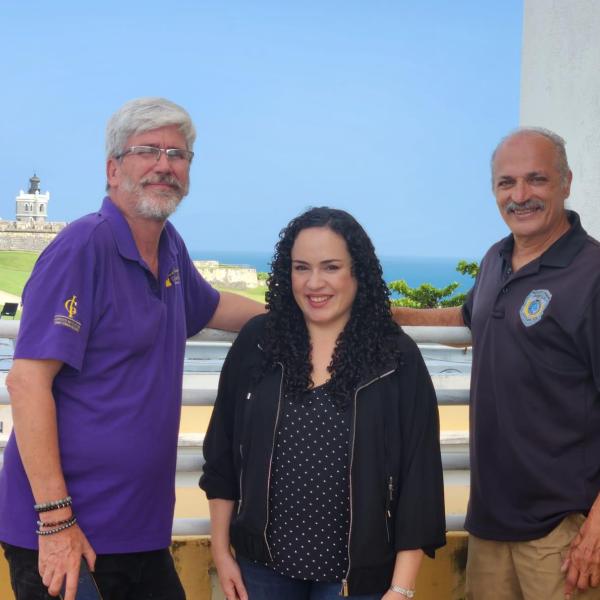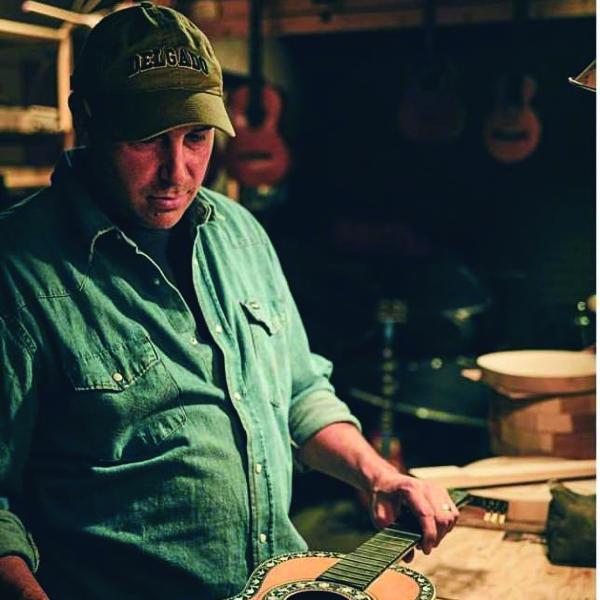Dancing Outside the Box

Vanessa Sanchez, executive artistic director of La Mezcla, performing on a farm as part of Ayudando Latinos a Soñar (ALAS) Farmworker Friday. Photo Courtesy of ALAS
From the son jarocho rhythms of Mexico’s Veracruz region from which her family hails to percussion styles from Cuba, Puerto Rico, and Brazil to the very American rhythm of tap, Vanessa Sanchez’s work as a dancer, choreographer, and founding artistic director of the dance group La Mezcla is born from deep engagement with the music and dance traditions of the Latinx and Afro-Latinx diaspora. As Sanchez, who took her first dance class as a very young child, explained, “It was through learning all of these different cultural music and dance forms—not just the technique, but also what this dance form means within the community that it comes from, what this music represents in where it originated—that I saw what I could create.” Whether it’s the role of women in the Zoot Suit movement of the 1940s or the complexity of how migrant farm workers feel about their work, Sanchez is interested in telling overlooked stories of the Hispanic/Latinx community. She wants the community to not just feel welcome but recognize themselves in La Mezcla’s multidisciplinary dance performances, whether the company is performing at an arts center or an agricultural site. In her own words, here is Sanchez on the way in which her heritage informs everything she does, the founding of La Mezcla, and the challenges and opportunities of being a culturally specific dance company.
ON THE IMPORTANCE OF HISPANIC AND LATINX CULTURE TO HER WORK
My heritage drives everything that I do through dance, everything that I do with the company, everything that I do in my daily life. I use “we” a lot during interviews and grant applications because I truly feel that this is much bigger than me. I'm here because of my ancestors. I would not be doing what I'm doing if it weren't for my grandfather crossing the border in the 1940s, if it weren't for my grandmother who was a migrant farm worker her entire childhood. I wouldn't be able to do any of this if it weren't for the hundreds and hundreds of people who, despite colonization, land stolen, the generational trauma of enslavement, continued to fight for a better future for generations, five generations down the line, ten generations down the line.
ON FOUNDING LA MEZCLA
When I was living in Mexico, I started experimenting with putting together tap dance and zapateado. When I came back to the United States, I applied to put some work in a dance festival, and one of the questions on the application was company name. I was like, “We're not really a company; I'm just a choreographer.” [They responded,] “If you want to start doing this, you have to have a company name.” So that's where it started. It’s a big learning curve going from choreographer to essentially a business owner. That's a big process, learning how to write grants, learning how to make a budget. As the company continued to grow, we started getting reached out to by different young people in the community who were inspired by the work we were doing, who wanted to be part of it in some way. We’ve started an internship program. We have begun doing outreach to do some training in the grantwriting process, bringing in the community to learn from everything we learned in creating the company.
La Mezcla in Spanish means “the mixture.” I think that was a way for me to look at the different dance forms, the different musical traditions we were going to bring in to create these polyrhythmic, multidisciplinary works. I also wanted to get away from being labeled as a certain style; you know, this tap company, this political company, being put into a category. Because I think that that happens a lot with companies, and then you're put into this little box and you can only be presented in certain ways.
In creating La Mezcla, it was really important for me to represent the voices of women and gender non-binary people in a space where we can genuinely tell our stories. We’re real people. We have real stories. [When we dance,] we make noise. We’re rough; we're raw. We're trying to break down that myth of delicacy in all femme-representing people.

Vanessa Sanchez and Diana Aburto of La Mezcla performing Ghostly Labor that is rooted in the history and legacy of labor in the U.S.-Mexico borderlands. Image from Ghostly Labor: A Dance Film, courtesy of Vanessa Sanchez y La Mezcla
WHAT EQUITY LOOKS LIKE FOR LA MEZCLA
To be consistently equitable and accessible across the board takes a lot of thought, a lot of planning, a lot of process. We actually need these three years to develop this one work, because our work is not “I'm going to read a book, and then we're going to go into the studio, and we're going to develop movement, and then perform it.” We need to do the fieldwork. We need to see people in their space. This new project we're developing, Ghostly Labor, is rooted in the history and legacy of labor in the U.S.-Mexico borderlands. That’s not something you can read a history book on. I spent a year volunteering with a farmworkers organization to be invited into the community to start holding interviews. That's being equitable. You want to respect people's spaces. You want to respect their process, and it takes time. It would have been easier if I just went to a farm and said, “Let me pay you to interview” and was done in two
weeks. That's not a real relationship. Granted, we still paid people for their time.
I've noticed, as equity and different buzzwords are coming up, what that means for funders is rather than trying to understand [equity] from a holistic perspective, there are questions put on the grant application: How is your company equitable? How do you reach the community? We've been doing that work, and now it's like I have to prove it. Historically, the companies getting funded are mostly the Eurocentric dance companies, the ballet-based and modern-based companies. You don't see a lot of dance companies rooted in Black and Brown cultural dance forms getting funding in the same way.
So whose dancers are getting paid hourly for rehearsal? What musicians are getting paid for rehearsal and performance? Something that we're also working to change is compensating everyone in the same way that these larger dance companies are compensating people because then we can actually make the work. People don't have to work eight jobs to dance on the side. I would love to see the day where my maestras who brought me here, who taught me everything I know and have had dance companies for decades, are getting funded in the same way that ballet companies are getting funded. I would love to see that day where they can create their work and be valued in the same way that other companies have been valued for decades.

Kirsten Millan, Luna Fuentes, Argelia Arreola, and Ayla Davila of La Mezcla performing Pachuquísmo. Photo by Danica Paulos, courtesy of Jacob’s Pillow
When we're talking about cultures of the Latinx diaspora, I have to say a lot of these dance forms are also rooted in Black history. That's something really important to bring to the table as we're talking about this. When we look at the larger dance field—we look at touring rosters, we look at presenters, we look at funders—a lot of those spaces see the dance forms we do as folkloric, not of the now, which isn't true. When the presenter at so and so theater is creating their season, they have one space for a percussive company, one space for an African company, one space for a folklórico company, and then the rest of the season is modern or ballet-based work. No shade to modern or ballet-based work, but why are we not getting those same spaces? Why aren't we getting the same amount of opportunities? Why are we paid less? Our work is undervalued, and I think that reflects on how we see what our worth is in those spaces. I just had a meeting with this funder who kept telling me, “You need to stop being surprised you're here.” I think that comes from this legacy of white supremacy telling us we don't belong. When we continue to be put in these spaces, underfunded, underrepresented on these larger stages, we start to feel like, “Oh, that space isn't for us. So why should I try?” It's a process of tearing it all apart and then rebuilding.







